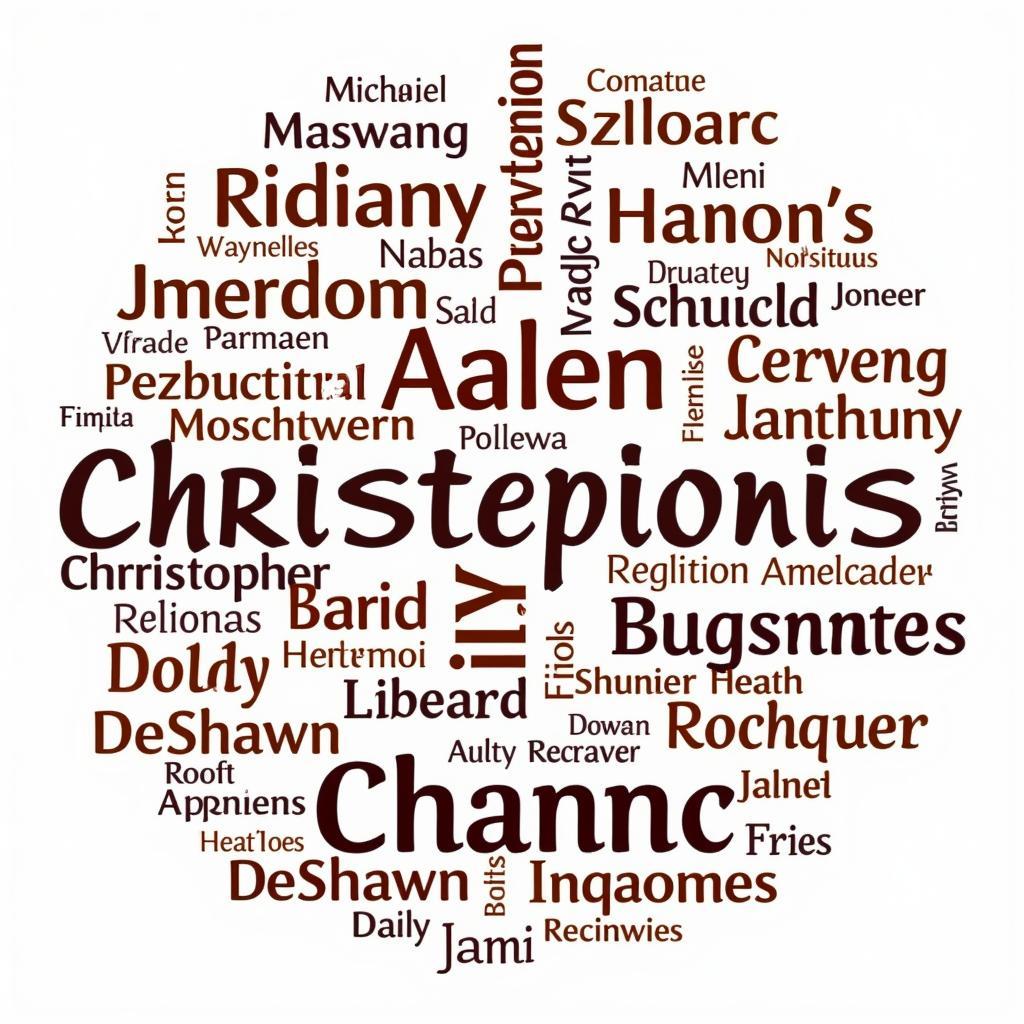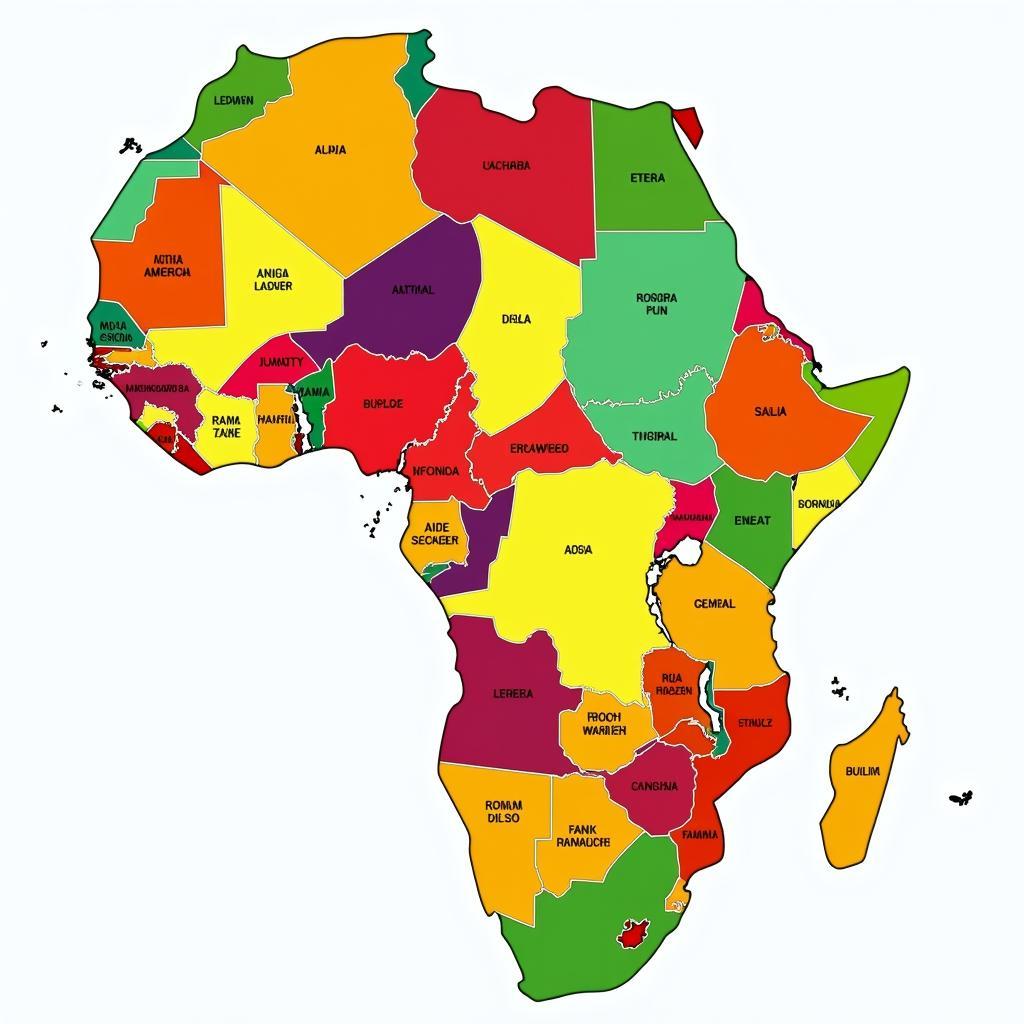Unveiling the Secrets of African Blackwood Burl
African Blackwood Burl is a rare and highly prized wood known for its exquisite beauty and exceptional properties. Sourced from the Dalbergia melanoxylon tree, also known as mpingo, this wood is native to the dry savannas of East Africa. The unique swirling patterns and rich color variations of the burl make it a sought-after material for high-end furniture, musical instruments, and other decorative items.
The Allure of African Blackwood Burl: A Deeper Look
African blackwood burl is not just beautiful; it’s a testament to the resilience of nature. Burls are essentially abnormal growths on trees, often formed in response to stress or injury. They develop a dense, interwoven grain structure that is significantly different from the straight grain of the surrounding wood. This unique formation gives the burl its characteristic swirling patterns, known as “figure,” which are highly prized by woodworkers and collectors. These figures can range from small, tight knots to large, dramatic swirls, each telling a silent story of the tree’s life. The deep, dark color of African blackwood, often ranging from reddish-brown to near-black, further enhances the beauty of the burl, making it a truly captivating material.
What makes African blackwood burl particularly special is its combination of beauty and durability. The dense grain structure makes it incredibly strong and resistant to wear and tear. This, coupled with its natural oils, makes it resistant to decay and insects, ensuring that pieces made from African blackwood burl will stand the test of time.
The Origins and Harvesting of African Blackwood Burl
African blackwood, the source of this coveted burl, primarily grows in Tanzania, Mozambique, and other parts of East Africa. It thrives in arid conditions, making it a symbol of resilience in these harsh landscapes. The trees grow slowly, taking decades, sometimes even centuries, to reach maturity. This slow growth contributes to the wood’s density and fine texture.
Harvesting African blackwood burl is a delicate process that requires careful consideration. As burls are abnormal growths, they are not found on every tree. Skilled harvesters must identify trees with burls and carefully remove them without harming the tree itself. Sustainable harvesting practices are crucial to ensure the long-term survival of this precious resource.
From Burl to Masterpiece: Crafting with African Blackwood
Working with African blackwood burl requires skill and patience. The dense wood is challenging to carve and shape, demanding specialized tools and expertise. However, the rewards are well worth the effort. The unique figure of the burl comes to life under the craftsman’s hand, transforming into stunning works of art. From intricate inlays in furniture to the resonant bodies of musical instruments, African blackwood burl adds a touch of elegance and sophistication to any piece. Its density also makes it ideal for creating durable and long-lasting items.
“African blackwood burl is unlike any other wood,” says renowned furniture maker Johnathan Mbwana of Dar es Salaam. “Its beauty lies in its imperfections, the unique patterns that tell a story of resilience and survival.”
The Value and Conservation of African Blackwood Burl
Due to its rarity and exceptional qualities, African blackwood burl commands a high price in the international market. This has led to concerns about overexploitation and illegal logging. Efforts are being made to promote sustainable harvesting practices and protect this valuable resource for future generations.
“Protecting the African blackwood tree is essential not only for its economic value but also for its ecological importance,” explains environmentalist Amani Zuberi, based in Arusha. “These trees play a vital role in the savanna ecosystem, and their conservation is crucial for maintaining biodiversity.”
Conclusion: Appreciating the Legacy of African Blackwood Burl
African blackwood burl is more than just a beautiful material; it is a symbol of the rich natural heritage of Africa. From its origins in the East African savannas to its transformation into exquisite works of art, African blackwood burl captures the imagination and inspires a sense of wonder. By supporting sustainable practices and appreciating the unique beauty of this precious wood, we can help ensure its preservation for generations to come.
FAQ
- What is African blackwood burl used for? African blackwood burl is used for high-end furniture, musical instruments (clarinets, oboes), knife handles, and other decorative items.
- Why is African blackwood burl so expensive? Its rarity, exceptional beauty, and challenging workability contribute to its high price.
- Where does African blackwood burl come from? It comes from the Dalbergia melanoxylon tree, primarily found in East Africa.
- Is African blackwood burl sustainable? Sustainability depends on responsible harvesting practices. Efforts are being made to ensure its long-term survival.
- What are the characteristics of African blackwood burl? It features a dense grain, swirling patterns, and rich dark colors.
- How is African blackwood burl harvested? Burls are carefully removed from trees, prioritizing the tree’s health and survival.
- What are the alternatives to African blackwood burl? Other dense hardwoods like cocobolo and ebony can sometimes be used as alternatives, though they lack the distinctive figure.
Other Questions You Might Ask
- What is the lifespan of an African blackwood tree?
- How can I identify genuine African blackwood burl?
- What are the best practices for caring for items made from African blackwood burl?
For more information on African crafts and culture, explore our articles on traditional Tanzanian textiles and the art of Makonde carving.
When you need assistance, please contact us: Phone: +255768904061, Email: kaka.mag@gmail.com Or visit us at: Mbarali DC Mawindi, Kangaga, Tanzania. We have a 24/7 customer service team.




